
McLuhan continues, no longer talking about the “put on”
as a hypothetical possibility, but rather as a description of his praxis:
The technique of putting people on in my case consists simply in pointing to things that they [the audience] have ignored, the things that concern them very nearly but have been pushed aside as insignificant … A put-on is a situation that I study a great deal.













![et cetera : LOVE [1977]](https://blogger.googleusercontent.com/img/b/R29vZ2xl/AVvXsEgQ8s7vwLQuzHDNgqlfBacxRkEbOErToak9kmgFl0VmyIYEqS9qIzNIVcXKpzTncPhqo3TSgOyztAguIW6OlXw65aFHmpx6cRzmvCUQQMTwUGUOd0iE0GbJakEc3g3kBAJrvlZP4z3eesg/s1600/etc1977.jpg)









![MAC LUHAN [sic] : LOST IN TRANSLATION](https://blogger.googleusercontent.com/img/b/R29vZ2xl/AVvXsEg92tMqBMDA917NDivsS2ZwIirx9KTf24tOCgFFnK65p7Hw5dvqEh1e2aefCynj2UW8u-k8zwBXbjgypsCXUcv-5G7ZCsyDB13giHEjmhVISAeW-oI_JV6ePOXW_XBDPwy2nREAoqRU7Z8/s1600/MAC.jpg)






















![Les Yeux De Nadja [unpublished]](https://blogger.googleusercontent.com/img/b/R29vZ2xl/AVvXsEgrXohpIuxxYyjKoqBSQf3TpYGjnttZnjRFvmMdshadfnVKi7PMAjIqEuqYctZFXOFH2n-oH75oJx-YkaON7xvaZgVdvaK0zfSOurEmCKqmWF6qXh2F3VbqyixfGhvY4qH6LENMTs1wCIw/s1600/2xsurreal.jpg)
















![PIED PIPERS [MARSH] ALL](https://blogger.googleusercontent.com/img/b/R29vZ2xl/AVvXsEhqvGIGG9lWZYhFZRVc_V8EJG2apQBsys4kNQOQsA0EV6H6Tg-SMN0sX15NXy_GzsF3xAUdcb2QlfvJk-RU-Rha-3Eu5Mnglkf5KLe6pccVqAP4VR_Gi4fGQ716QSmDe3Zna5Uwct5d2sw/s1600/piedPiperMarshALL270.png)






























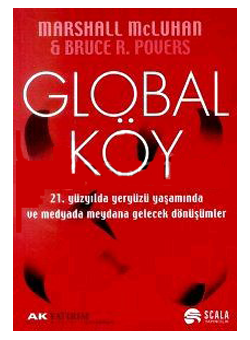






























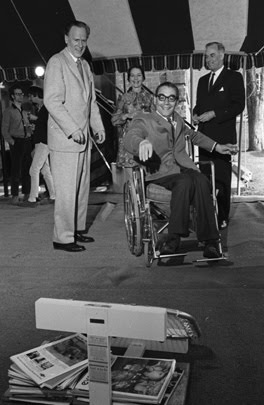




![PICNIC IN SPACE : The Great Minds of Our Time Film Series [1973]](https://blogger.googleusercontent.com/img/b/R29vZ2xl/AVvXsEjyov75DRIUBWcYLkzPYmupFy8CQ9dQ4Q798zDIN6jPNsSdBB_WuOcvPl4WjMAz10csG071oCO3BCUtIcKyHoIkCN0lCy0OxGCV_HrLXrGNKRpUiKMrqzkJh4LSc7jT_KrrqmClapSlVa8/s1600-r/PicnicInSpace.jpg)









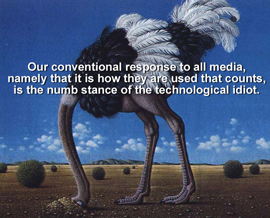


















![more Hidden ground [re:Bride] : the "flippancy" of tone seemed just "right"](https://blogger.googleusercontent.com/img/b/R29vZ2xl/AVvXsEg-hQyF9KGGhKYc73nUGmV1bStJ4fTJVh0-TL1ZtikLZEv5ppjhB3DOhFcVuzGq-kByrwtTAWgCcE173pA3UTIPe7h6xJjsPt7lRvNym007ZsdXenMDLNimKcwtaTOqkGleoxmXOeCKtxXL/s1600-r/LEAVISLEWIS.png)
















![BABA WAWA [TODAY SHOW, Toronto City Hall 1970]](https://blogger.googleusercontent.com/img/b/R29vZ2xl/AVvXsEjTZAIFkA07K36WGk951vmZnLPU99fOdNzlvVhyphenhyphenhKZEKu2n2AW5EA1CDZGaTk0aYRXUv7IOXG39igaikoE6SWm8j7QIG96wYRE54oBXwvlaNCJzp15vdkrcqR97IMMny-8sHjM-VDotTOaY/s1600-r/babaWawa.jpg)

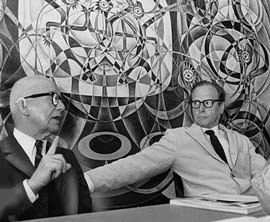

![enter the dragon : "typhon in america" [unpublished]](https://blogger.googleusercontent.com/img/b/R29vZ2xl/AVvXsEjdCnZdJ6JbaLc6hyUmUJo5UJ0m8WZSj_afYU9oRlHKIUgAIfcy2EPHNAptSRYEAmpOf0Xaa0B8iMgOTF302lY0Xmbyne0hvrdRyNo-t0Q-PPdzqX39uI3T5x5FppRPaQf9sSaXytrOpWVN/s1600-r/TIA.jpg)




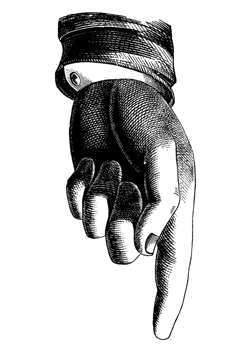






















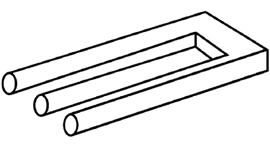









![Take Today [1972] : "the consumer becomes a producer..."](https://blogger.googleusercontent.com/img/b/R29vZ2xl/AVvXsEhA53bdVdTaXdQo1fDmrsI8oiAwF-3jampcanOq8uk3QMh8_ImkNsTiKd4-RnZY8Vbwqh1fymJiyCl1CSLcSonXHQM6XbnJYQi_Vu89gbAV4jVq73EtlbM3w6CthyphenhyphenV_pHEjE6eu_VhC489u/s1600-r/PROSUMER.jpg)
























































































![" Outtragedy of poetscalds!, Acomedy of letters " [ FW 425.24]](https://blogger.googleusercontent.com/img/b/R29vZ2xl/AVvXsEhJMrJLN3oPUb25A2tjQtWZcZxA4wZB0IOvaIAvxosAUqlFc258HHvzvlnHHvKhKq7hG3epo76izY2Bu0HC3Cy-8S46Rf0Wni3L8j8jEfpT7sXK3UFlXBMtN2v2JdrmdxvWk8VWKjkhN4-9/s1600-r/preplexLP.png)











![mars[HAL]9000 : " Tomorrow is our permanent address."](https://blogger.googleusercontent.com/img/b/R29vZ2xl/AVvXsEhmblupqmUiuV3GbyayJiDRGEO63TEgwjHi-i8b0kVYDvXrKFWTCyl-e21la4QJXC4nDFDzx51Omi6fYPLJcqRHFoP6zSsL0CVZF98eMf6mxCE2WDfvMmT4q9G3X45-P0IYGDmliE0fCR3C/s1600-r/marsHAL9000_250.jpg)












































































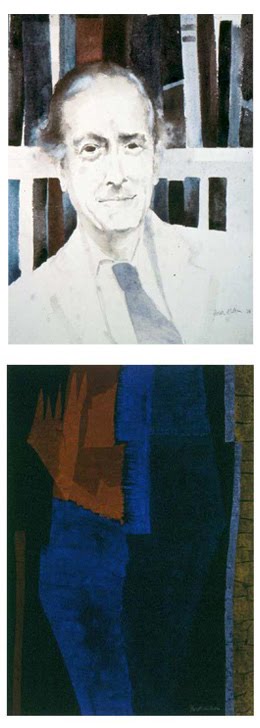















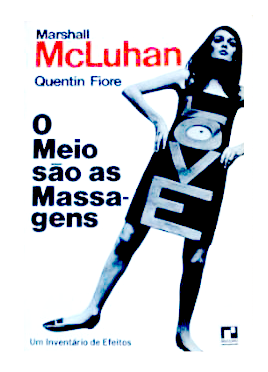



































































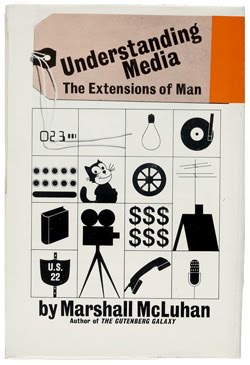


















































![Lucifer [from Latin] <br>meaning "light-bearer"](https://blogger.googleusercontent.com/img/b/R29vZ2xl/AVvXsEhq-2kZZOfh-Syv1Ewa0Ns2O6ZeP59pcsJp9ihhKcXCaovYZO_cKxffC5iSKOXFHr6E1jiHc6zedt1U6I95831RgpVdm3qk8-9C3y1yPyrCiQe4jgx-DsbeHnjKnw9t6Qx3ZM5TSYxiPj5H/s1600-r/lucifer.png)













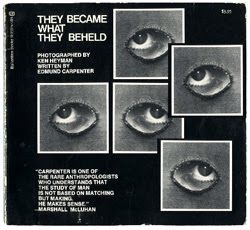




































































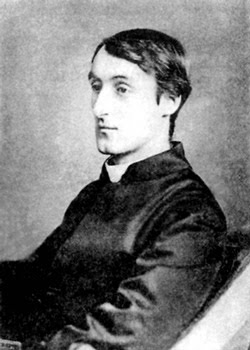


















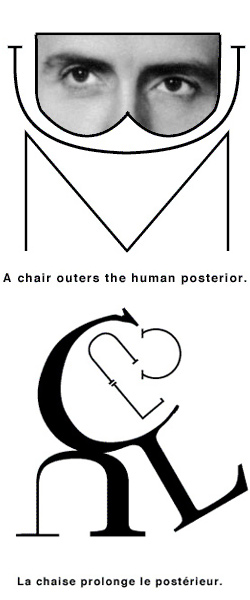






















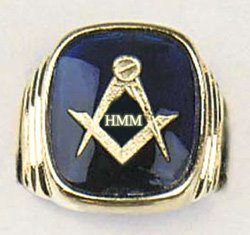
















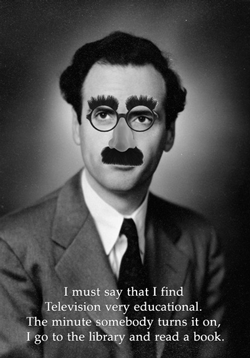






















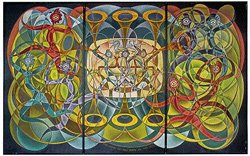










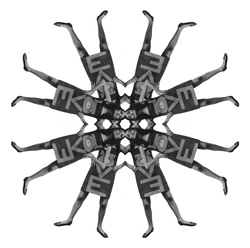



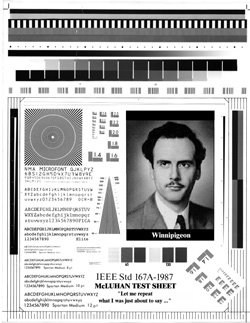

4 comments:
When Marshall McLuhan composed the following books, he was putting on:
1- 1951 - The Mechanical Bride; Folklore of Industrial Man.
Putting on literary criticism and college students.
2- 1953-57 - Explorations (the Communication and Culture Journal).
Putting on poetry/art claques (small "highbrow" magazines).
3- 1956 - Alfred Lord Tennyson: Selected Poetry.
Putting on higher humanist education.
4- 1960 - Report on Project in Understanding New Media.
Putting on government reports (royal commissions and "blue books").
5- 1960 - Explorations in Communication: An Anthology.
Edited by Edmund Carpenter and Marshall McLuhan.
Putting on psychologists.
6- 1962 - The Gutenberg Galaxy: The Making of Typographic Man.
Putting on Harold Innis & humanists.
7- 1964 - Understanding Media: The Extensions of Man.
Putting on everybody.
8- 1964 - Voices of Literature: Book One. Edited by Marshall McLuhan and
Richard J. Schoeck.
Putting on nobody.
9- 1967 - The Medium is the Massage. By Marshall McLuhan and Quentin Fiore,
Coordinated by Jerome Agel.
Putting on the counter-culture.
10- 1967 - Verbi-Voco-Visual Explorations. [Explorations 8 as a book].
Putting on everybody.
11- 1968 - War and Peace in the Global Village: An inventory of some of the
current spastic situations that could be eliminated by more feedforward.
By Marshall McLuhan and Quentin Fiore, Coordinated by Jerome Agel.
Putting on the military-industrial-entertainment complex.
12- 1968 - Through the Vanishing Point: Space in Poetry and Painting.
By Marshall McLuhan and Harley Parker.
Putting on Artists and Art critics.
13- 1969 - Counterblast. By Marshall McLuhan. Designed by George Thompson.
Putting on everybody.
14- 1969 - The Interior Landscape: The Literary Criticism of Marshall
McLuhan, 1943-1962. Selected, Compiled and Edited by Eugene McNamara.
Putting on the New Criticism.
15- 1970 - From Cliché to Archetype. By Marshall McLuhan and Wilfred Watson.
Putting on Northrop Frye, Jungians, Freudians, anthropologists,sociologists, and McLuhanites.
16- 1970 - Culture Is Our Business.
Putting on ad agencies, anthropologists, sociologists, and Artists.
17- 1972 - Take Today: The Executive as Drop Out.
By Marshall McLuhan and Barrington Nevitt.
Putting on economists, management consultants, and politicians.
18- 1977 - City as Classroom: Understanding Language and Media.
By Marshall McLuhan, Kathryn Hutchon, and Eric McLuhan.
Putting on the secondary educational system and its teachers and
administrators.
19- 1987 - Letters of Marshall McLuhan.
Edited by M. Molinaro, Corinne McLuhan, and W. Toye.
Putting on private identity, Ann Landers, and expository opinion.
20- 1988 - Laws of Media: The New Science.
By Marshall McLuhan and Eric McLuhan, Introduction by Eric McLuhan.
Putting on scientists (as opposed to humanists).
21- 1989 - The Global Village: Transformations in World Life and Media in
the 21st Century.
By Marshall McLuhan and Bruce Powers.
Putting on futurists.
22- 1999 - The Medium and the Light: Reflections on Religion.
By Marshall McLuhan, edited by Eric McLuhan and Jacek Szklarek, Introduction
by Eric McLuhan.
Putting on Christianity.
The Upsetter
During the interview, however, McLuhan is asked: “If the world had not discovered your great thinking and writing how would you go about creating a demand for it?”
McLuhan replies: “I’d put people on … putting people on means teasing them, challenging them, upsetting them, befuddling them; any comic puts on his audience by hurting them.”
McLuhan's little-known aphorism:
"the user is the content"
One of the first recorded usages of the phrase by
McLuhan is in “Pound: The Playboy of the Westend World” (1968).
There, McLuhan takes up what is essentially a slang phrase, apparently
in the common stock in North-Eastern America during the late 1960s,
and applies it in his discussion of Ezra Pound’s sense of decorum,
authorial praxis, and relationship to his audience. He also uses the
phrase in the article to describe how the new tribal politics that came
with the radio brought Hitler, Mussolini, Stalin, Churchill, and Roosevelt
— “tribal chieftains,” who put-on their people as their mask and
transformed politics into a masquerade of images.
Post a Comment